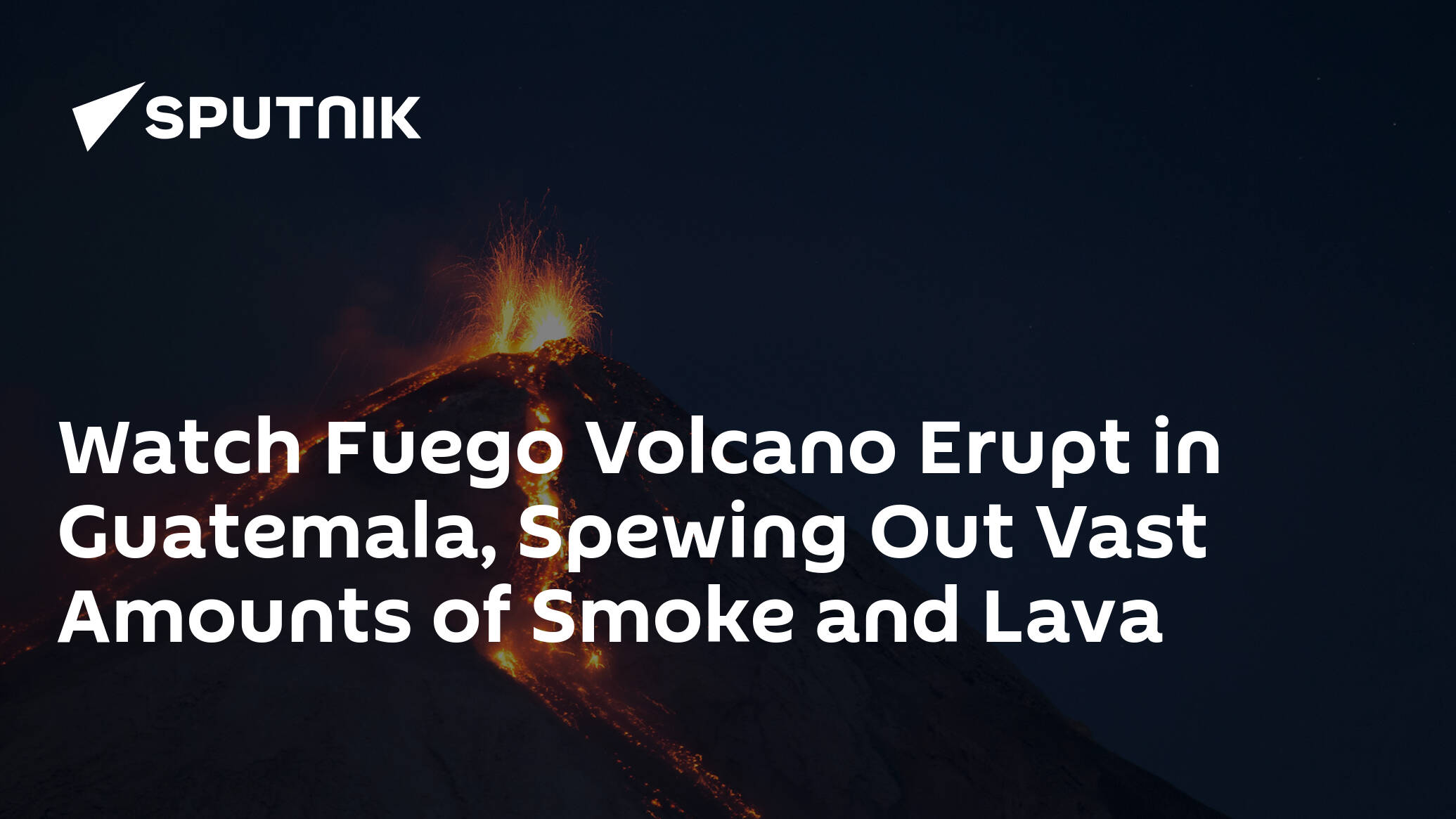Cumbre Vieja Volcano Update
The eruption has been becoming "ashier"; today, the plume has been reaching 4000 m and is visible from much of the island.
Deformation data show inflation overall is continuing although the trend has slowed down, or even decreased temporarily yesterday. Volcanic tremor remains high, but has been showing a slight decrease compared to the past days.
This suggests that the eruption might be becoming more stable, although it cannot be ruled out that new fissures open and new lava flows might appear.
The eruption is now concentrated on the new fissure that opened yesterday.
This morning, we could see tall lava fountains continuing from it as well as a new lava flow that reached approx. 1-2 km length
The aerosol plumes from the eruptions continue to travel along the northern Africa and south Europe.
The Copernicus's latest satellite-based measurements of SO2 concentrations in the atmosphere depict that they will reach Morocco, Tunisia, Algeria, Libya including a large part of Iberian Peninsula and Mediterranean coasts of France and Italy this Friday (24 September).
According to Windy.com's visualization, the highest level of sulfur dioxide (SO2) emissions will likely occur in these areas.
La Palma, Canary Islands: eruption and seismic crisis Sep 2021 - news and activity updates
The eruption has been becoming "ashier"; today, the plume has been reaching 4000 m and is visible from much of the island.
Deformation data show inflation overall is continuing although the trend has slowed down, or even decreased temporarily yesterday. Volcanic tremor remains high, but has been showing a slight decrease compared to the past days.
This suggests that the eruption might be becoming more stable, although it cannot be ruled out that new fissures open and new lava flows might appear.
The eruption is now concentrated on the new fissure that opened yesterday.
This morning, we could see tall lava fountains continuing from it as well as a new lava flow that reached approx. 1-2 km length
The aerosol plumes from the eruptions continue to travel along the northern Africa and south Europe.
The Copernicus's latest satellite-based measurements of SO2 concentrations in the atmosphere depict that they will reach Morocco, Tunisia, Algeria, Libya including a large part of Iberian Peninsula and Mediterranean coasts of France and Italy this Friday (24 September).
According to Windy.com's visualization, the highest level of sulfur dioxide (SO2) emissions will likely occur in these areas.
La Palma, Canary Islands: eruption and seismic crisis Sep 2021 - news and activity updates

